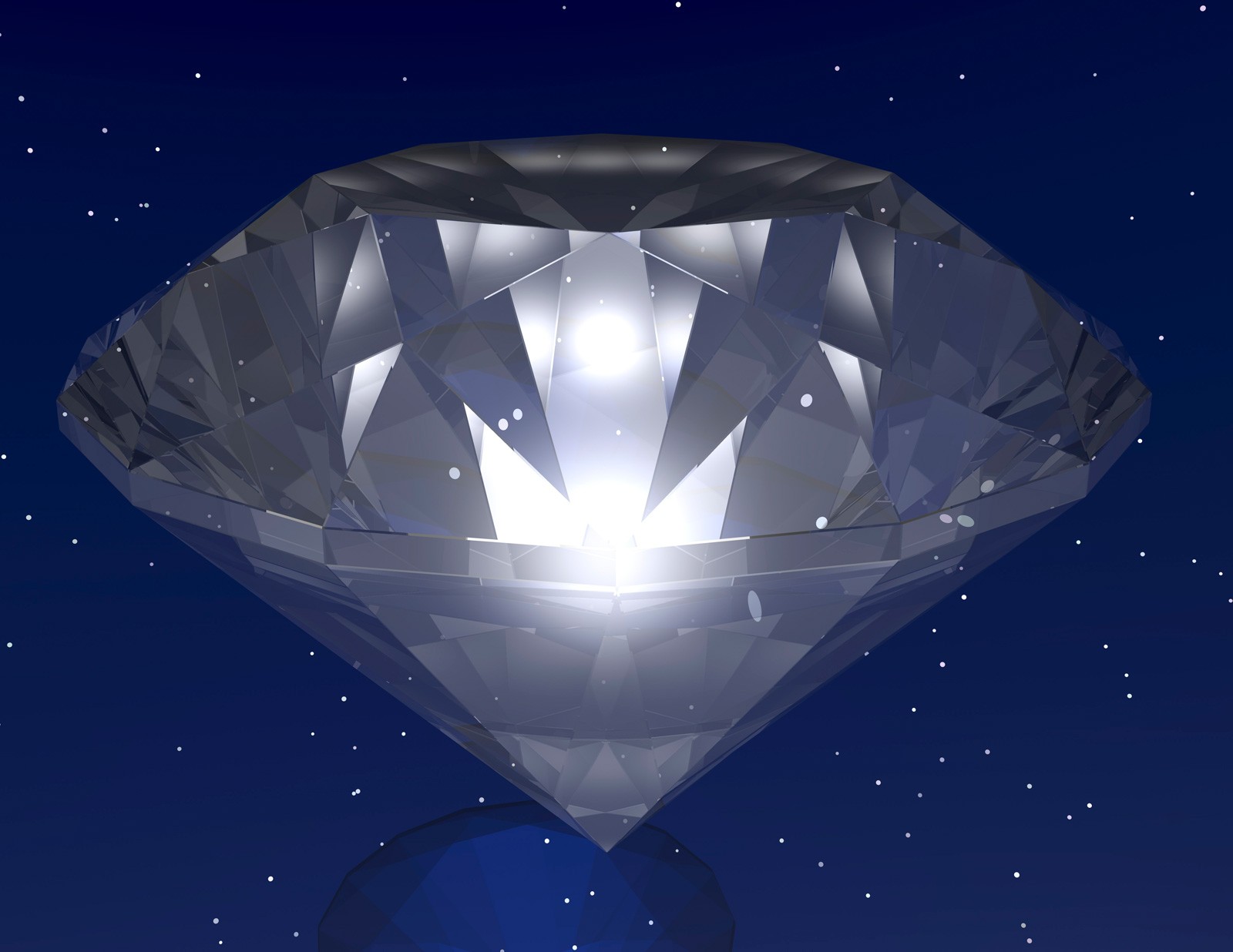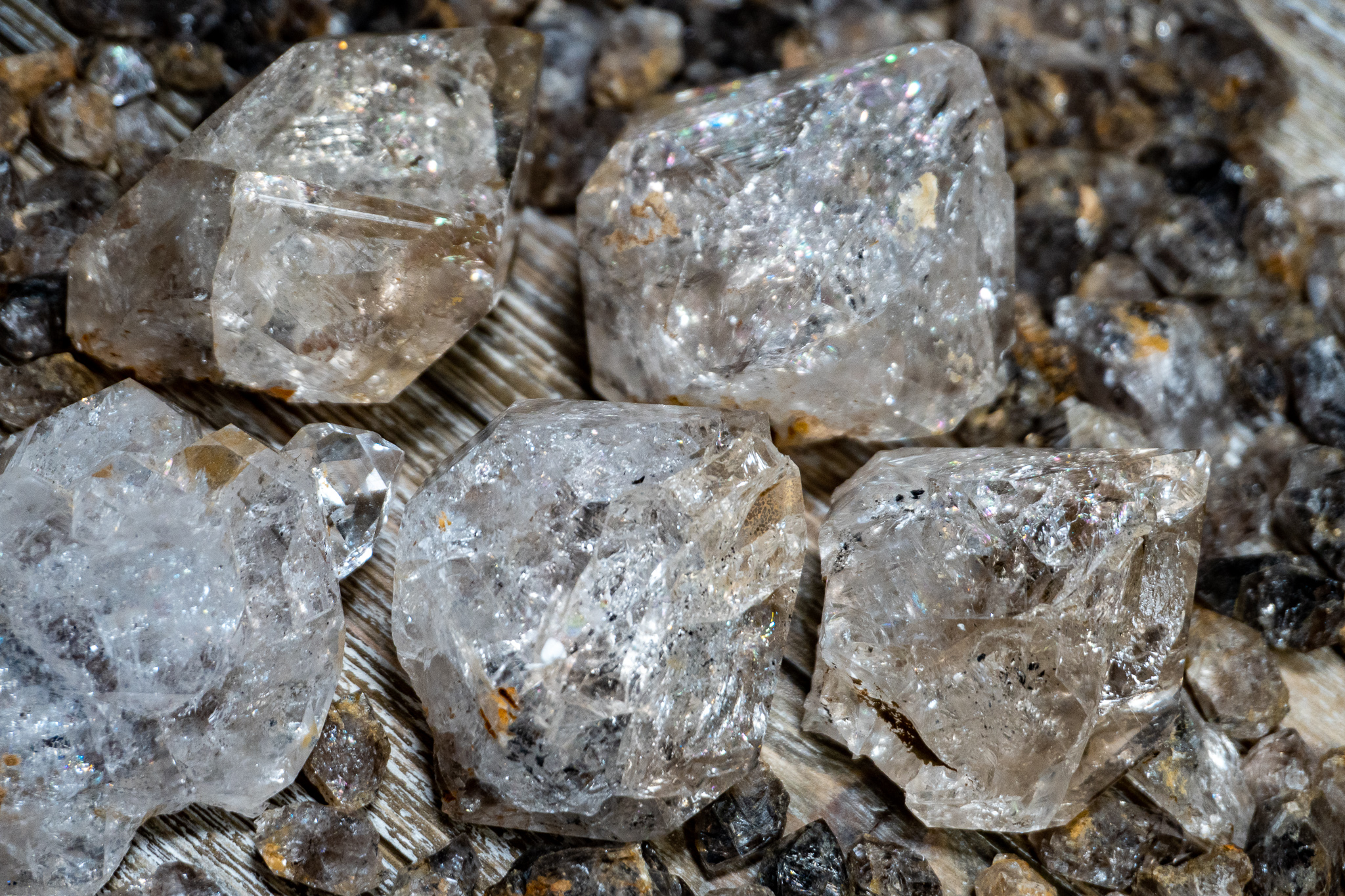Cultural Symbolism and Historical Significance

Diamond meaning – Diamonds have held a captivating allure for civilizations throughout history, transcending geographical and temporal boundaries. Their exceptional brilliance, hardness, and rarity have imbued them with profound cultural significance, symbolizing purity, strength, and eternal love.
A diamond, a precious stone symbolizing eternity and purity, contrasts sharply with the sword meaning of strength and power. Yet, both possess an allure that transcends their physical form. Like the blade of a sword that cuts through darkness, a diamond’s brilliance illuminates the depths of the human soul.
In ancient India, diamonds were revered as celestial tears of the gods and believed to possess mystical powers. They were adorned by royalty and used in religious ceremonies to represent divine protection. Similarly, in ancient Greece, diamonds were associated with the goddess Aphrodite, symbolizing beauty and enduring love.
Diamonds, the embodiment of eternal love and purity, have long been coveted for their brilliance and durability. Yet, beneath their sparkling exterior lies a hidden realm of contradictions. Like the umbrella pit , where discarded umbrellas find a new purpose as an artistic installation, diamonds too can conceal a darker truth.
Their pursuit has often been marred by violence and exploitation, leaving a shadow on their otherwise unblemished reputation.
Symbolism in Various Cultures
Across different cultures, diamonds have carried diverse symbolic meanings:
- Purity and Innocence: In many cultures, diamonds represent purity and innocence, often used in engagement rings to symbolize the unblemished nature of love.
- Strength and Durability: The exceptional hardness of diamonds has made them a symbol of strength and resilience, both physically and emotionally.
- Eternal Love: Diamonds are often associated with eternal love, as their durability and brilliance are believed to reflect the enduring nature of true love.
Role in Royal Regalia and Symbol of Status
Diamonds have played a significant role in royal regalia and as a symbol of status and wealth. In ancient Egypt, pharaohs wore elaborate diamond-encrusted crowns and jewelry, representing their divine power and authority. Similarly, in European monarchies, diamonds were reserved for the elite, adorning crowns, scepters, and other royal regalia.
Today, diamonds continue to be a symbol of luxury and exclusivity, often used in high-end jewelry and sought after by collectors and investors alike.
The diamond, a symbol of purity and eternity, is also a reminder of the darkness from which it came. In the Tomorrow Pit , where miners toil tirelessly to extract these precious stones, the true meaning of a diamond is revealed.
It is not merely a symbol of wealth or status, but a testament to the human spirit’s indomitable will and the unyielding darkness that surrounds it.
Geological Formation and Characteristics

Diamonds, the epitome of brilliance and enduring allure, owe their existence to the extraordinary forces and processes that unfold deep within the Earth’s mantle. Their genesis begins with carbon, the fundamental building block of all organic matter, subjected to immense pressure and temperature.
Beneath the Earth’s surface, where temperatures soar to thousands of degrees Celsius and pressures exceed tens of gigapascals, carbon atoms undergo a remarkable transformation. The intense heat and pressure cause the carbon atoms to rearrange themselves into a tightly packed, crystalline structure known as diamond. This intricate lattice arrangement, where each carbon atom is covalently bonded to four neighboring atoms, bestows upon diamonds their exceptional hardness and durability.
Diamond Industry and Applications: Diamond Meaning

The global diamond industry encompasses the extraction, processing, and distribution of diamonds, with major diamond-producing countries including Botswana, Russia, Canada, and Angola. Mining involves complex processes like open-pit and underground mining, followed by meticulous cutting and polishing to enhance the diamond’s brilliance and value.
Industrial Applications
Beyond their allure in jewelry, diamonds possess exceptional properties that make them indispensable in various industrial sectors. Their extreme hardness renders them ideal for cutting tools, such as drill bits and saws, enabling precise and efficient cutting in construction, manufacturing, and engineering. In electronics, diamonds are employed as heat sinks in high-power devices, dissipating heat effectively to prevent overheating. Their optical clarity and thermal conductivity also make them suitable for use in lasers and other optical applications.
Ethical Considerations, Diamond meaning
The diamond industry has faced scrutiny regarding ethical and sustainability concerns. Responsible sourcing practices aim to prevent conflict diamonds from entering the supply chain, ensuring diamonds are not used to fund conflicts or human rights violations. Environmental impact is another consideration, as mining operations can disrupt ecosystems and pollute water sources. Sustainable practices focus on minimizing these impacts through responsible land management, water conservation, and rehabilitation of mined areas.
Diamonds, the glittering gems, have long been associated with love, purity, and strength. But beyond their symbolic allure, diamonds hold a hidden connection to the world of journalism. For those seeking to unravel the intricacies of nyt connections hint , diamonds serve as a metaphorical guide, illuminating the pathways of influence and power that shape our understanding of the world.
